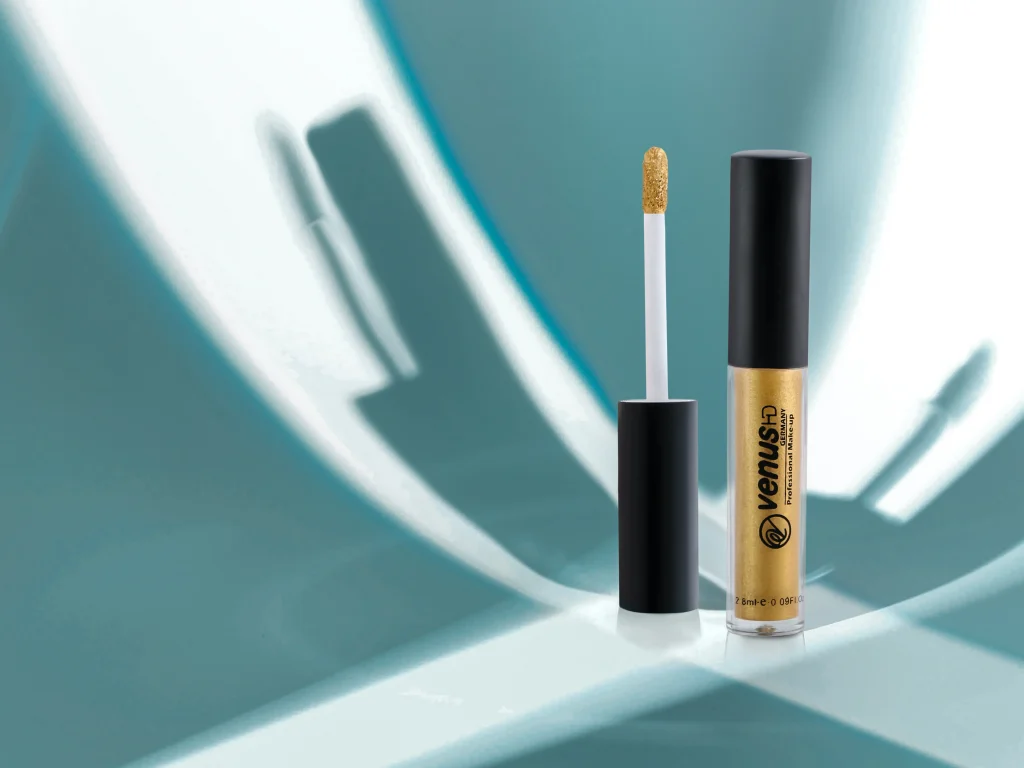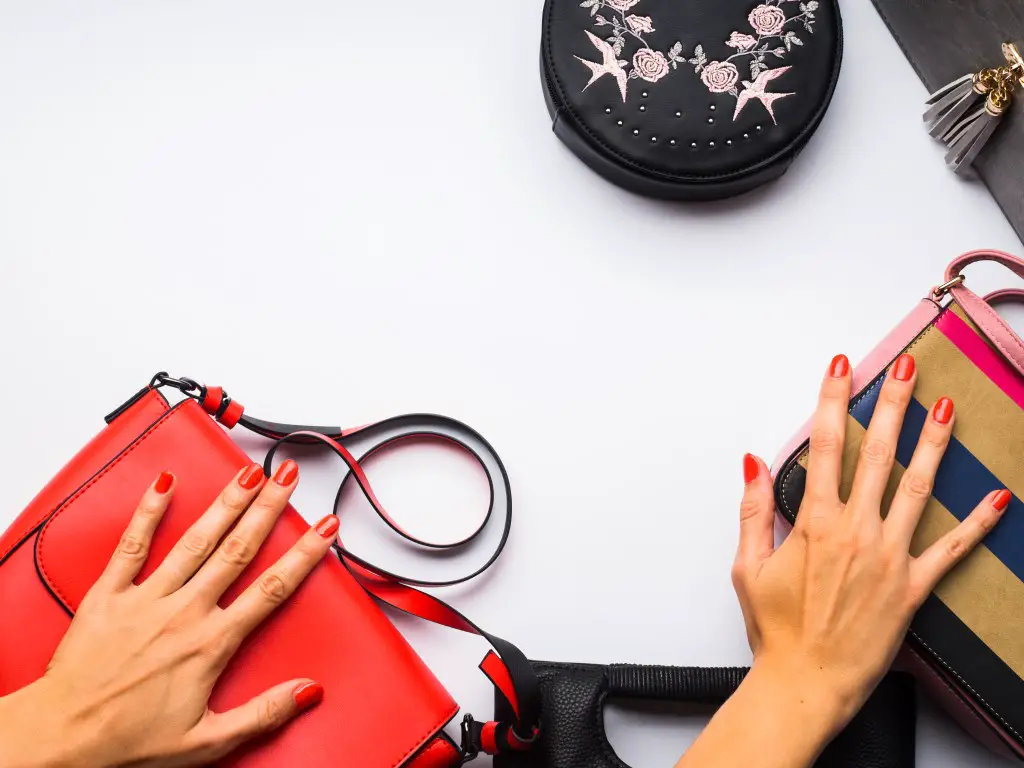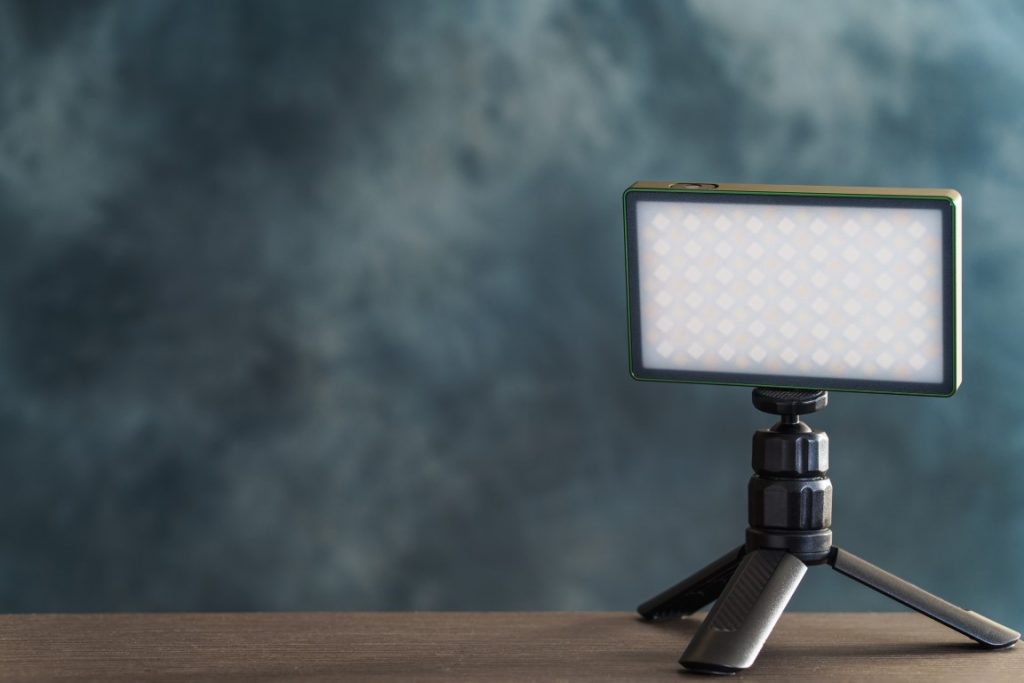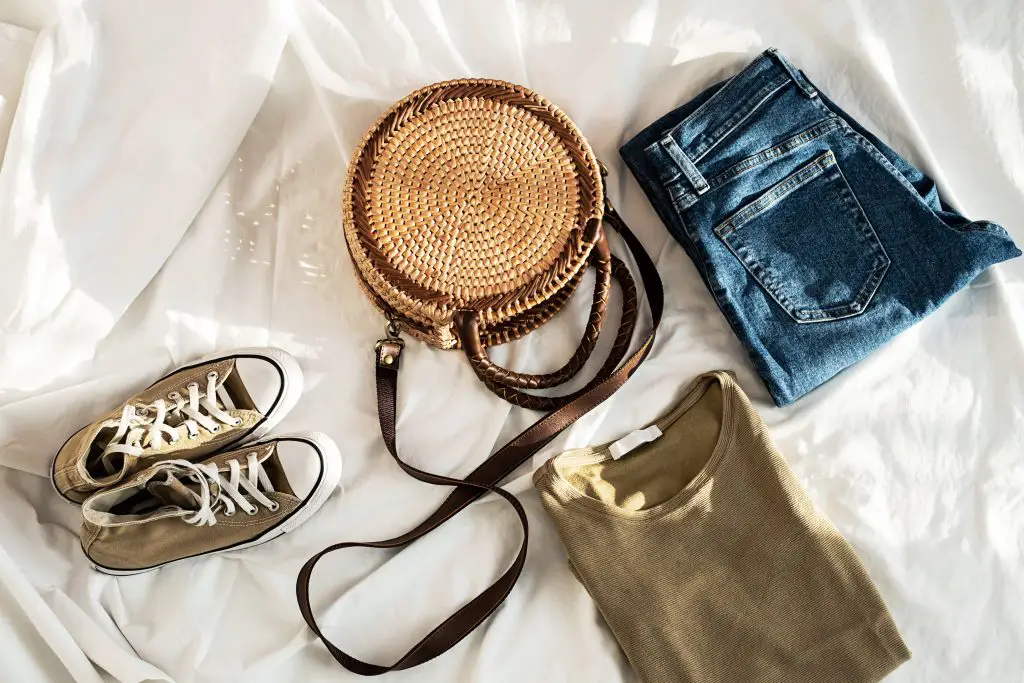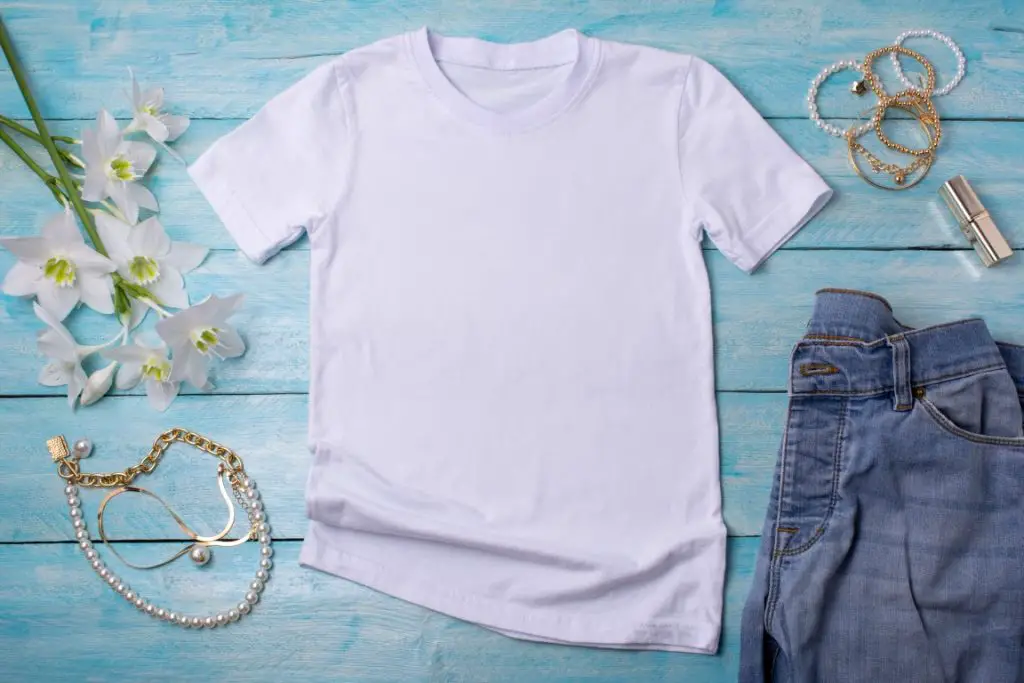
If you are related to the clothing industry, you know that great style shots are a huge part of the business. They can show off the models’ looks, capture the essence of products and also communicate a brand’s personality.
But what about finding the right background for all those great shots?
If you are a clothing designer or photographer looking to take your business to the next level, one of the first things you will want to do is establish a strong visual identity. This means that backdrop is key.
When it comes to clothing photography, the backdrop is an often-overlooked element. But what’s the best way to build a backdrop that will complement your clothing without overpowering the shot?
Here are 12 stylish backdrop ideas you can use to complement your next clothing photoshoot.
1. Use Bold Colors
Consistency is the key to a good backdrop. So, if you have the same color scheme throughout your shoot, your final photos are bound to look more cohesive.
For a fun and unique backdrop idea, choose a bright color and use it to accent a simple white background.
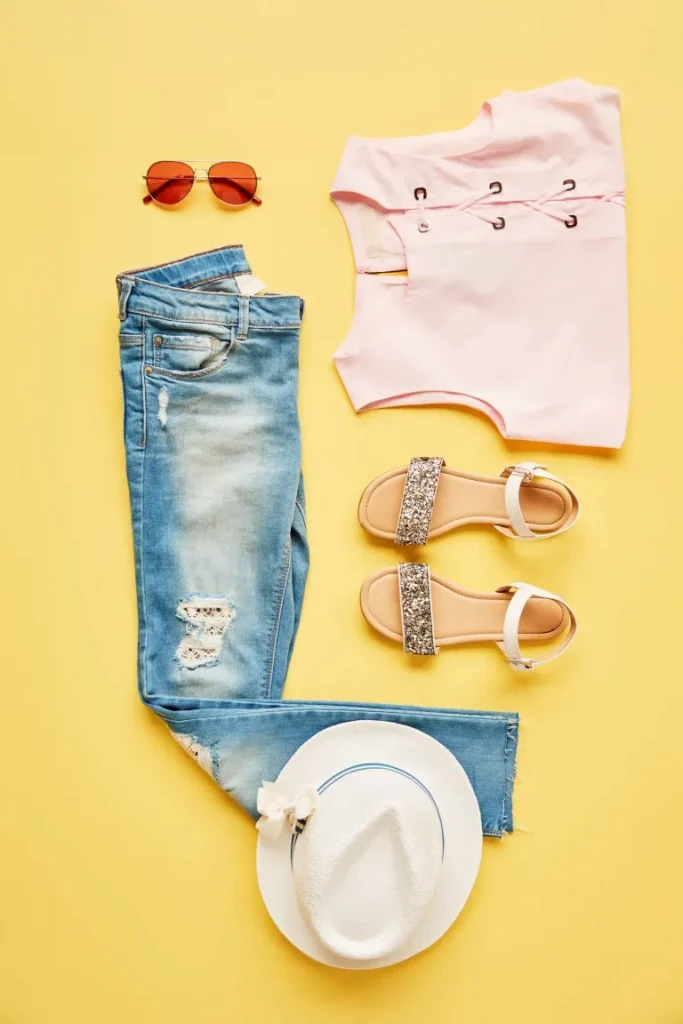
In the above photograph, I’ve used a plan and bold background. Since this is a summer outfit, I selected yellow color for the background.
2. Use A Colorful Pattern
Not everyone can have the luxury of renting out a studio. In this case,
consider using a colorful fabric to create a patterned backdrop. Or you can also use a clean tile or wooden floor with an attractive minimal design.
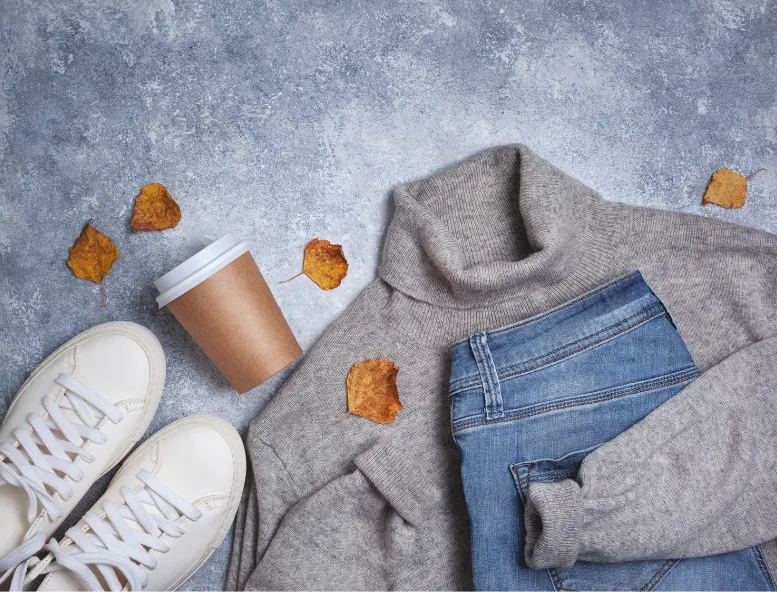
The above photograph was taken on a tile floor. I cleaned the tile floor well and added some dried leaves to improve the appearance of the picture.
3. Use A Natural Light Filter
The easiest way to make your images stand out is to use some filters.
Natural light can often be too bright, dark, or uneven. Hence, to overcome these problems, try using a neutral or transparent material to filter out the light and make it more consistent.
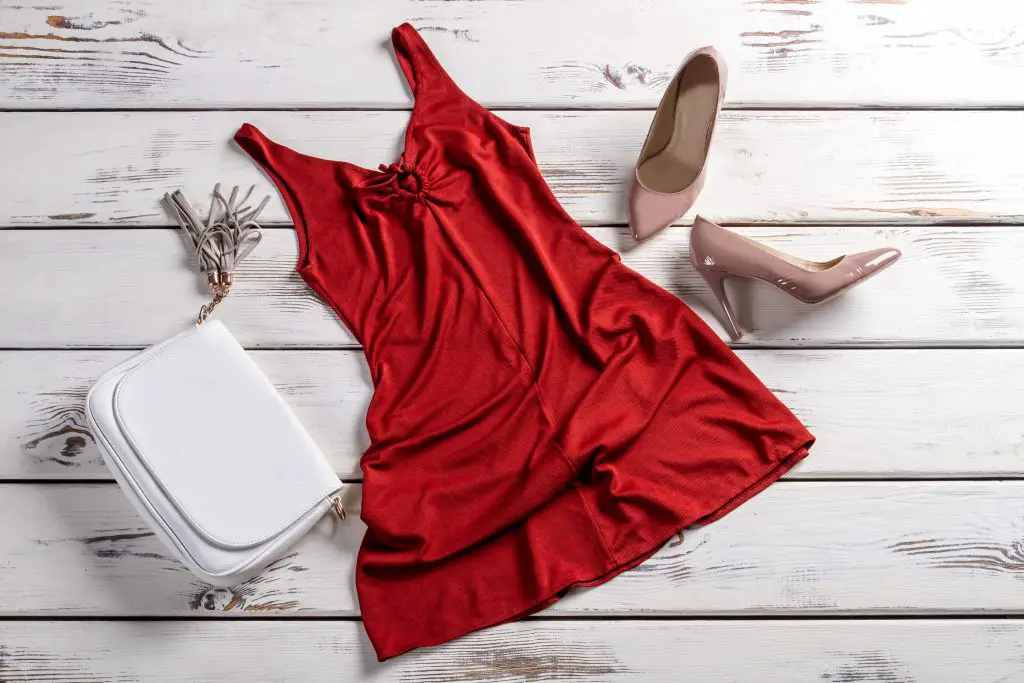
To take the above photograph, I used a transparent foil in front of the setup. So the photograph came out wonderfully without making the red color more bright.
4. Use A Radial Frame With Regular Background
To take things a step further and make your images more impactful, add a radial frame.
Simply create the frame from cardboard and put it up behind your subject. To get creative, use a different color to represent each of your different shots.
5. Use A Fan As A Background Filter
In photography, it’s best to have a consistent lighting source, but if you don’t try using a fan to filter out the light.
It’s best to have a large piece of black cloth touch the sides of the fan to avoid it from blowing directly on the subject.
6. Use A Huge Background Paper Roll
There’s no denying that large printed-out pictures look amazing.
The best way to recreate this effect is to use a large paper roll. The best part is that you don’t have to print out anything.
Simply pick a large roll of paper and prop it up behind your subject.
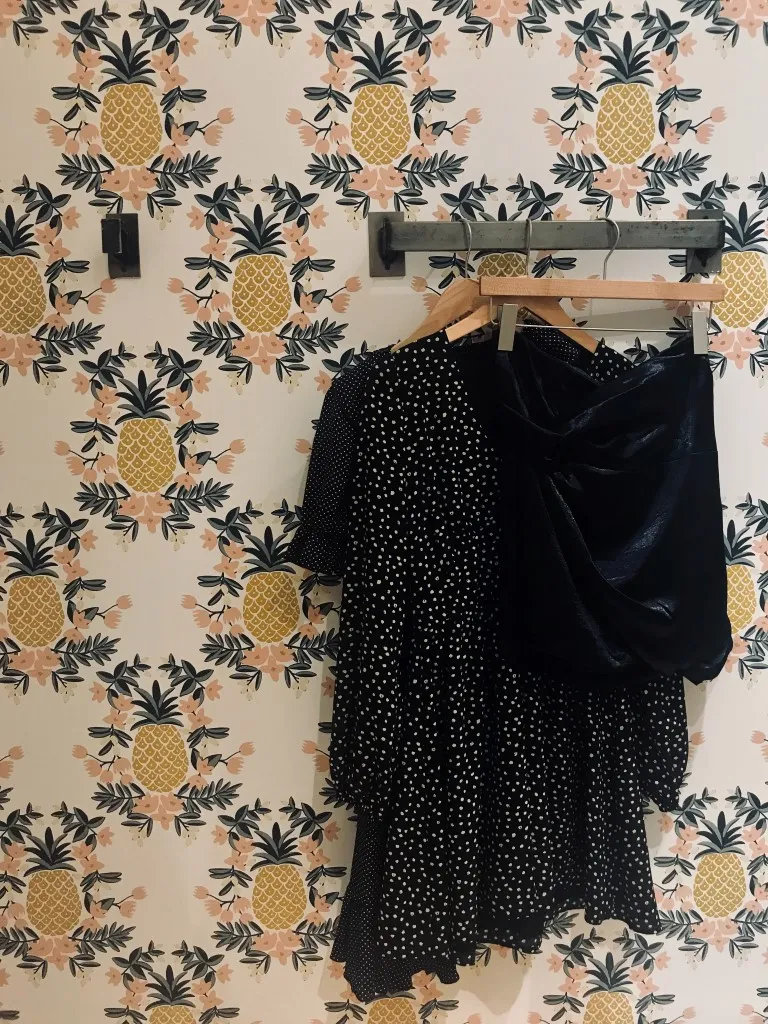
To take the above photograph, I pasted a printed paper on the wall. So that background added a unique look to the photograph.
By the way, pay attention to choosing a paper design to match with the client’s brand.
7. Use A Thick Frame
There is nothing more modern than a black background. To add a little style to your shoots, make your thick black frame. To achieve this effect, you will need a thick piece of cardboard, black paint, foam board, and a staple gun.
8. Use A Texture Backdrop
Use some creative lines and draw a design on the background of your photoshoot. Or you can even use a tile with a textured design.
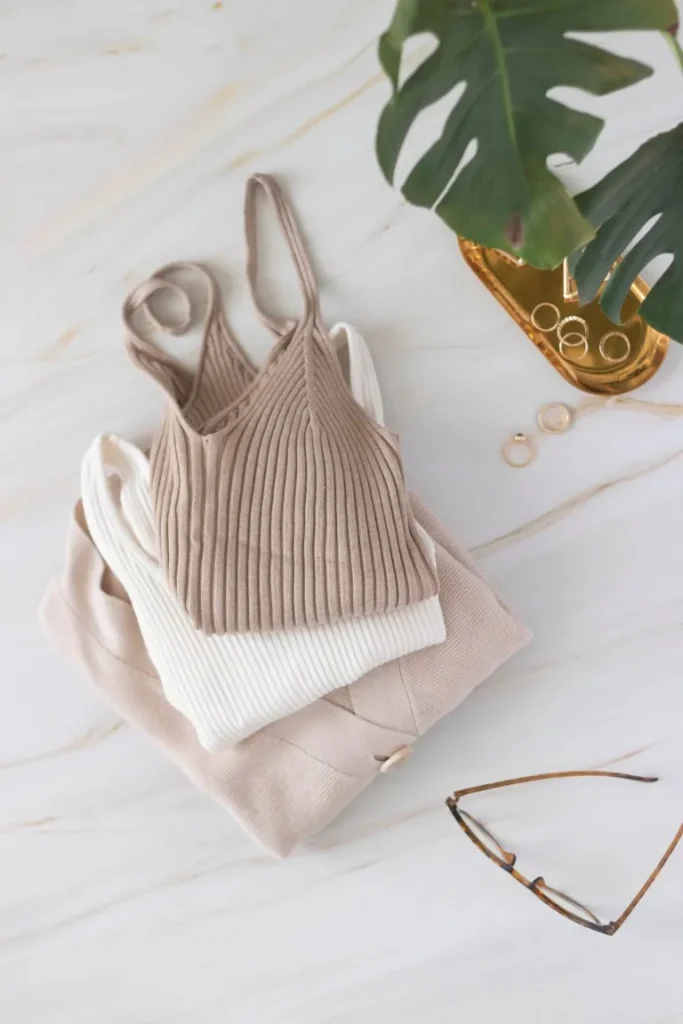
The above photograph of women’s clothes was taken by keeping them on a textured tile. since the dress was simple, I used a tile with minimal design.
To enhance the attractiveness, I used some props like sunnies and rings (obviously, to match the outfit).
9. Use A Two-Toned Background
One way to create a unique background is to use a two-toned background.
This means that you have a background color and then a second color on the edges of your frame.
This approach can create an interesting effect that is sure to set your images apart from the rest.
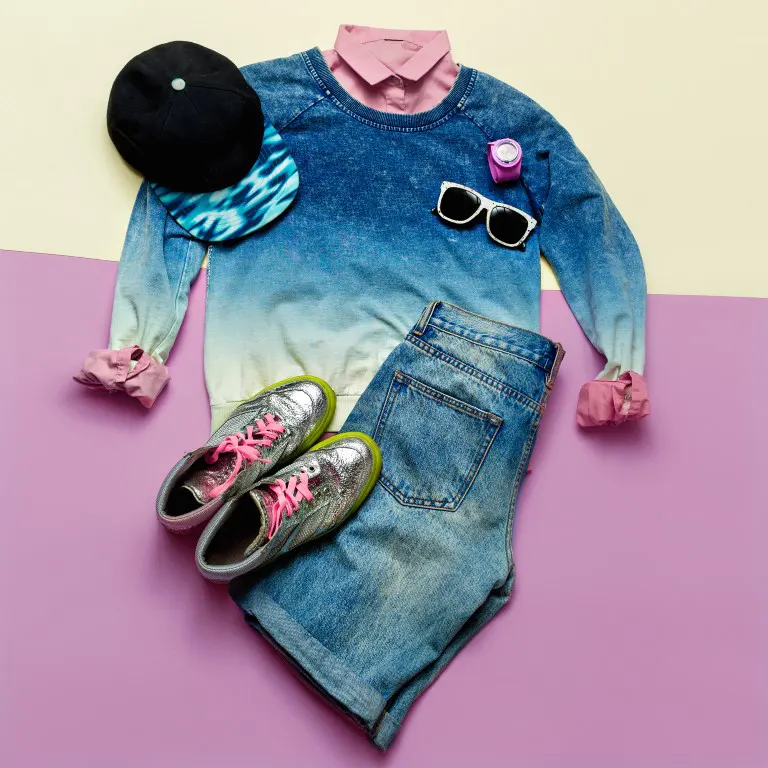
In this photograph, I used two purple shades to create a two-toned backdrop.
10. Use A Black Velvet Background
Velvet has come back in a big way. While the old-style velvet was more in line with the bohemian aesthetic, the new velvet can go from modern to classic depending on the style system you use.
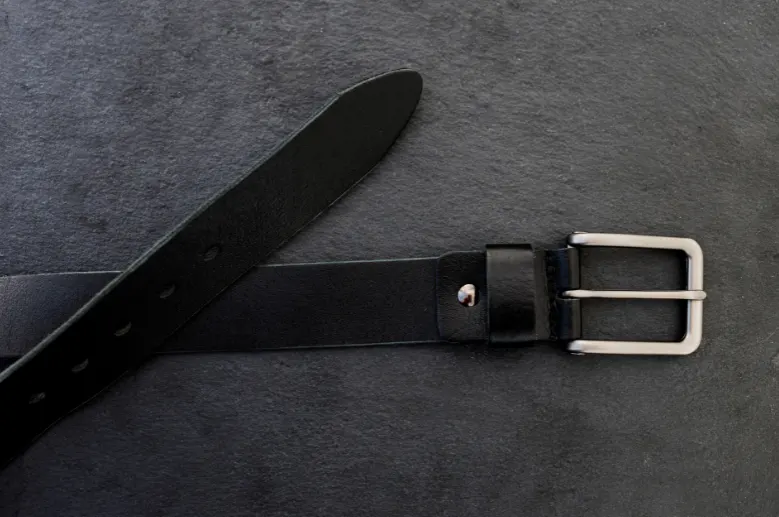
I took this photo on a backdrop with a black shade so that the belt gives a formal impression to the viewer.
11. Use A Bedsheet
Believe it or not, rightly sized bedsheets can look great as backdrops. Also, they are very cheap options for those on a budget.
The photograph below shows an example of how you can take your clothes photographs in a cheap way using a bed sheet.
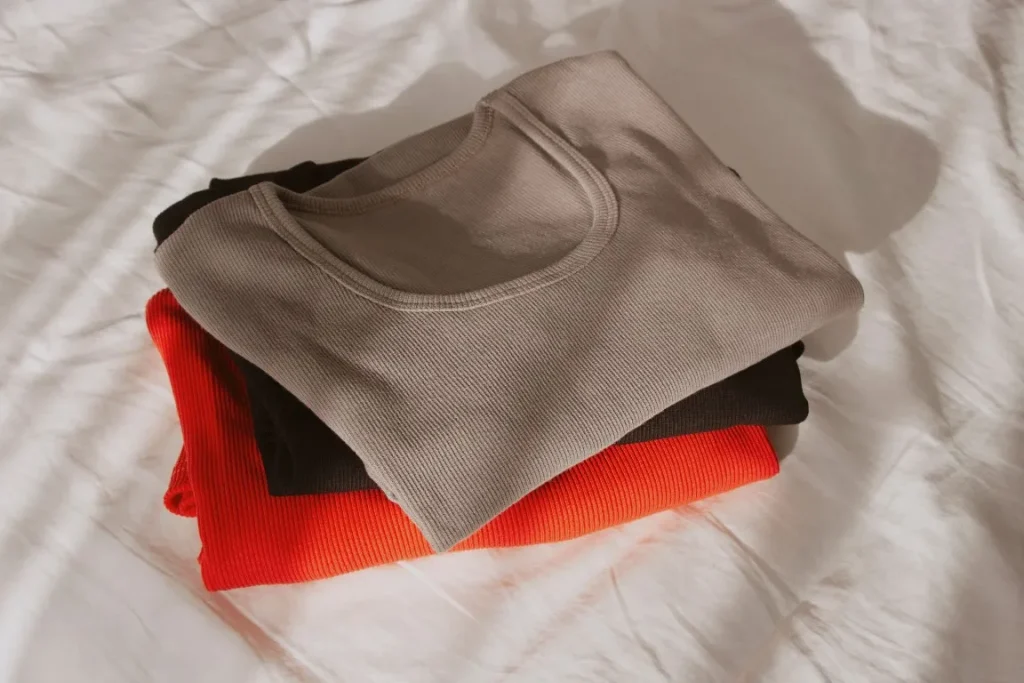
12. Use Curtains
Another option for cost-effective backdrops is curtains.
Depending on what kind of clothes you want to feature, you can pick the type of curtains you use.
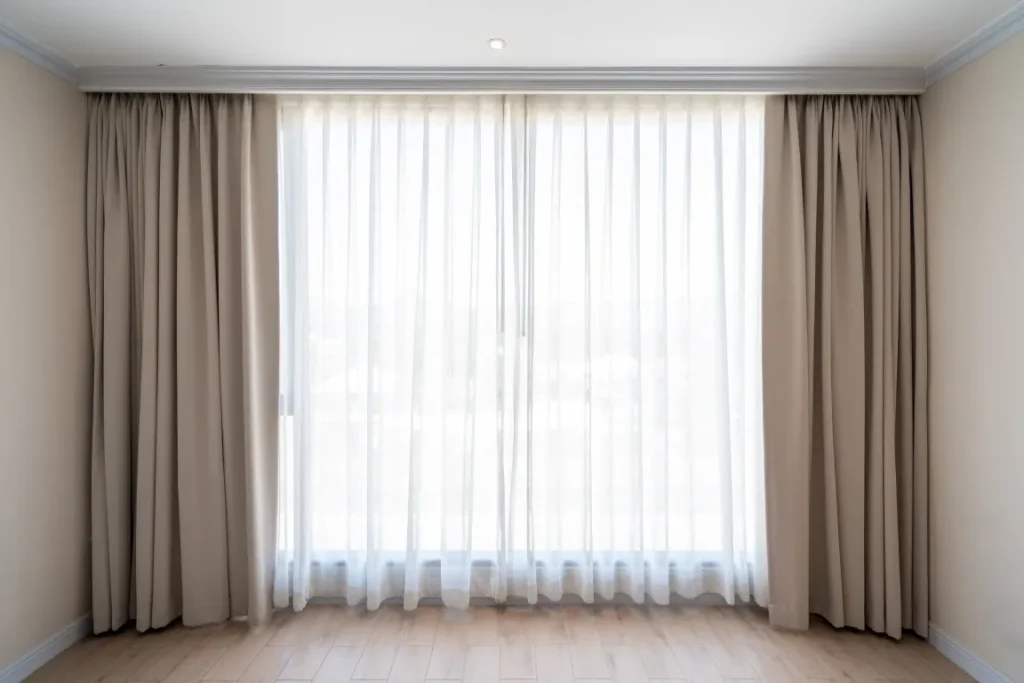
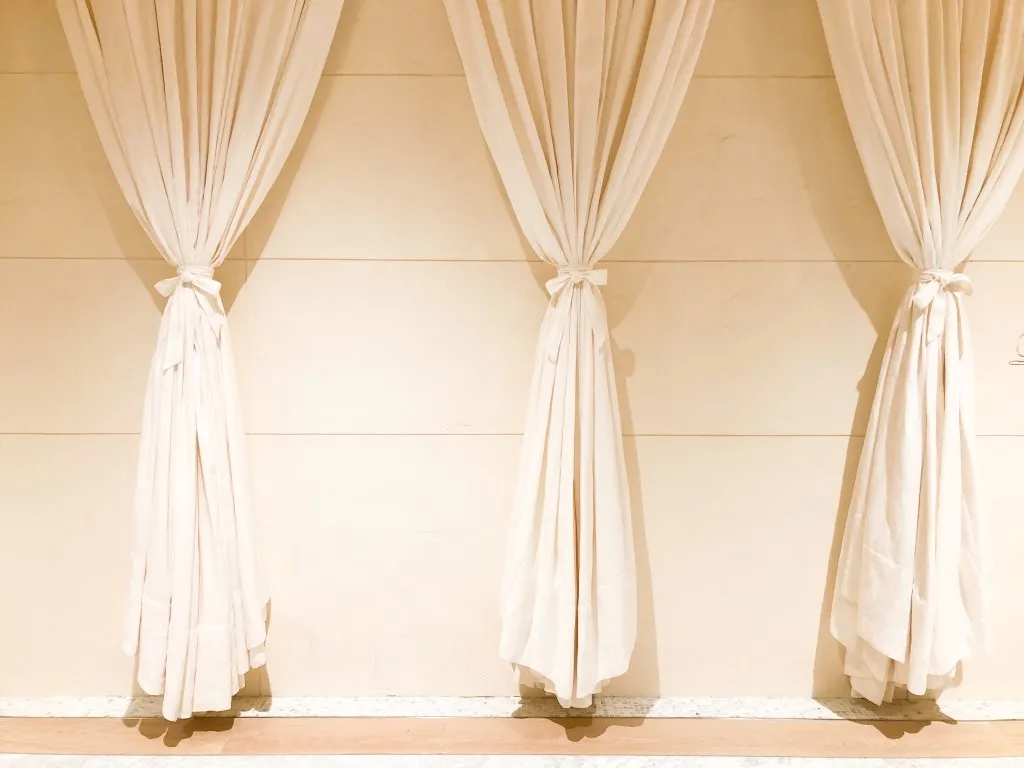
However, be sure that the curtain background draws attention to the shows you want to feature instead of drawing attention away from them.
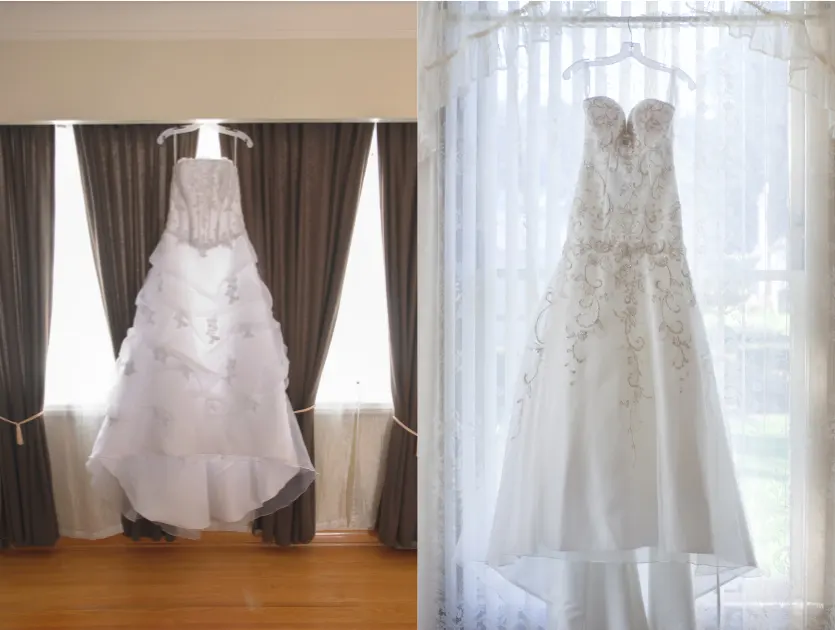
The above photograph shows the outcome of not using the curtains properly in clothing photography.
Additional Tips For Choosing Background
There are many reasons that you might consider using a portrait background rather than a typical white background.
Sometimes, the white background may reflect too much light, causing shadows and making the subject look less natural.
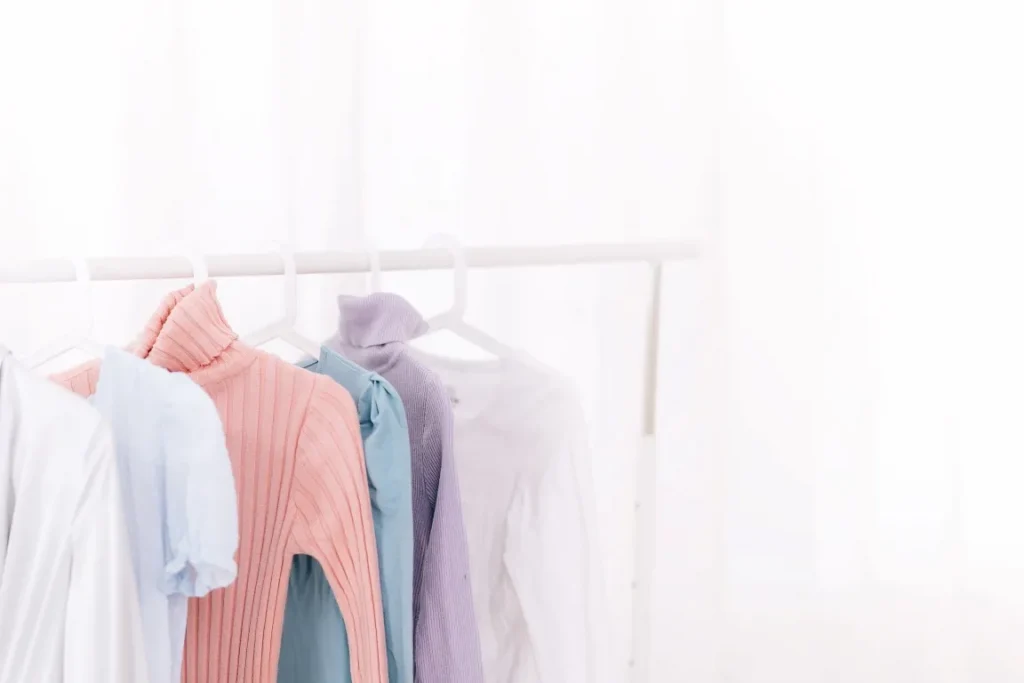
As in the above photograph, since the clothes are also in light colors, the use of white background i=was not a good idea.
In other cases, you might want to create a vintage look in your portrait or provide a unique feel.
Below are some factors that you should consider before choosing a background for your portrait.
1. Attention to Detail
It is impossible to see small details when a subject is photographed against a white background.
The rule of thirds can be an invaluable tool for taking a good photograph.
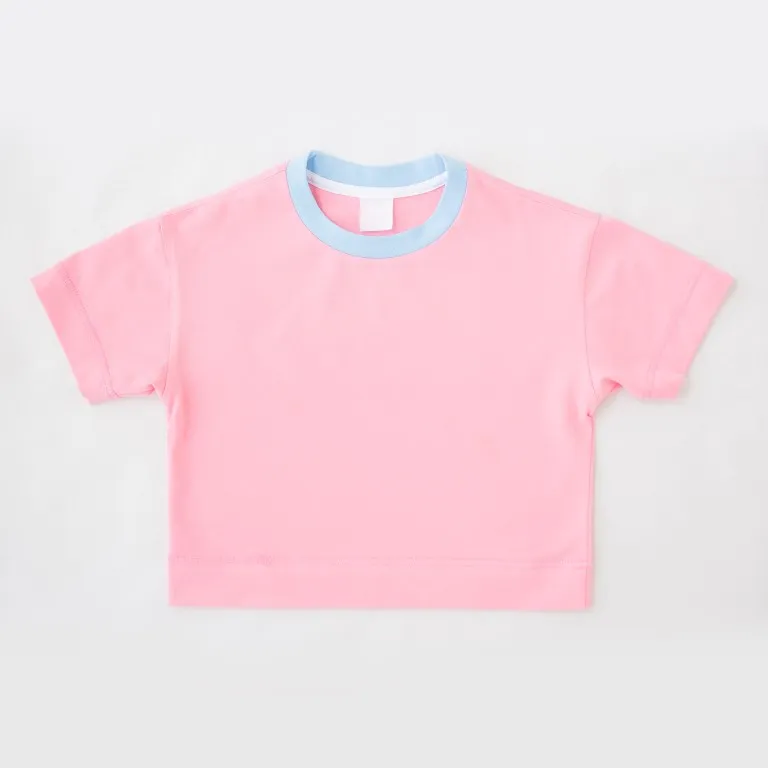
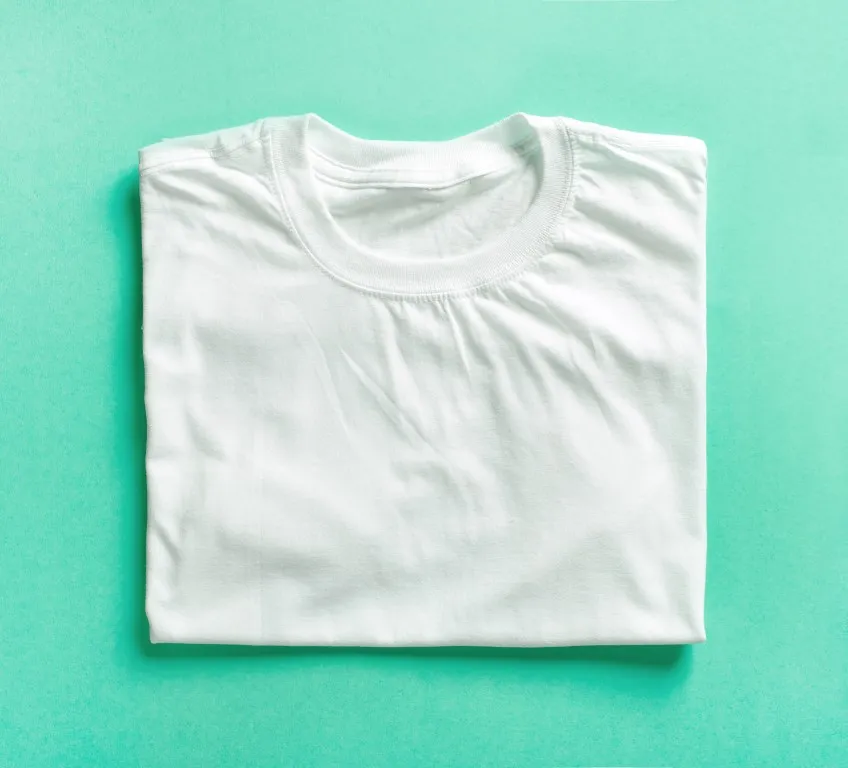
When you draw an imaginary line from one side of the image to the other, it will split the image into thirds. Placing an object or a person one-third, two-thirds, or in the center, will balance the image.
2. Texture
Most backgrounds for portraits are simple to look good.
Many people like a plain white background, but this can make the picture look flat.
If you have a sense of texture, you can use a background that will add to the subject’s appearance. Some backgrounds replicate different materials, like silk, grass, and more.
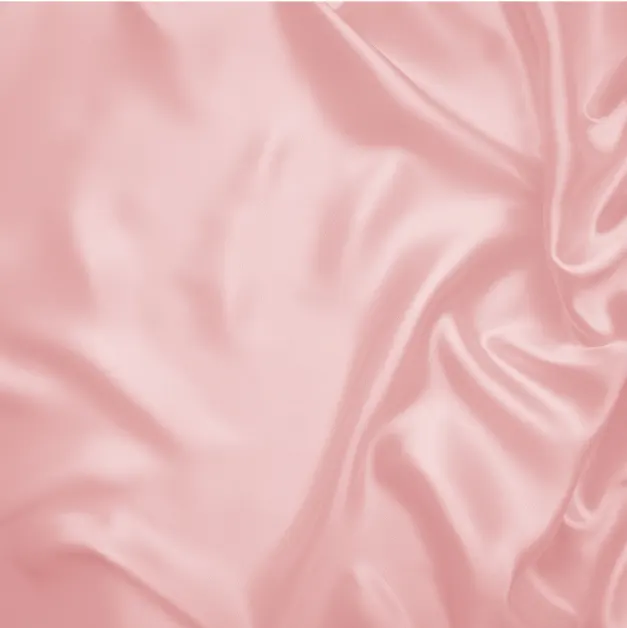
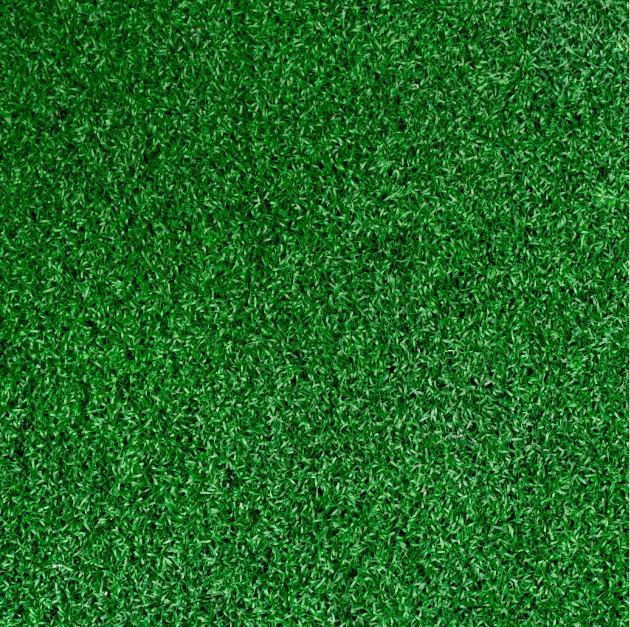
3. Color
When you choose a background, you have to consider the colors used in the picture.
If the background is a different color than the subject, you may draw attention to it.
You should always make sure to pick a background that will not distract from the subject. It is also important to choose a background that complements the colors in the picture.
4. Recede
Portrait backgrounds should naturally recede from the subject. If you are buying a premade background, you can also find ones that will recede from the subject in a flattering way.
5. Texture
The texture is also key in selecting the right background.
You want to make sure to choose a background that has a texture that will complement the texture of the model’s skin and clothing. You should also make sure it will complement the texture of the model’s hair.
6. Size
The size of the background should fit with the size of your clothing accessories.
You should look for a background that will make your clothes look tiny. You can take photos of the cloth against a larger background. Also, you could use a model that is smaller than the background to make it look bigger.
7. Pattern
You should also consider the pattern of your background.
There are many patterns that you can choose from; some patterns will make your model look good while others will not.
If someone is modeling the clothes, you must choose a pattern that complements the texture of the model’s clothing and skin.
Conclusion
Hope you found this helpful when looking for a background for your next clothing photograph.
Use these tips to help you choose a background that will compliment your clothing accessories. You can also get inspired and come up with new ideas!
Justin Parker is a professional photographer and has been in the industry since 2007. He attended the University of Georgia. Justin combines his passion for photography and his interest in writing to give life to this blog which talks about photography in order to help and inspire young photographers.

